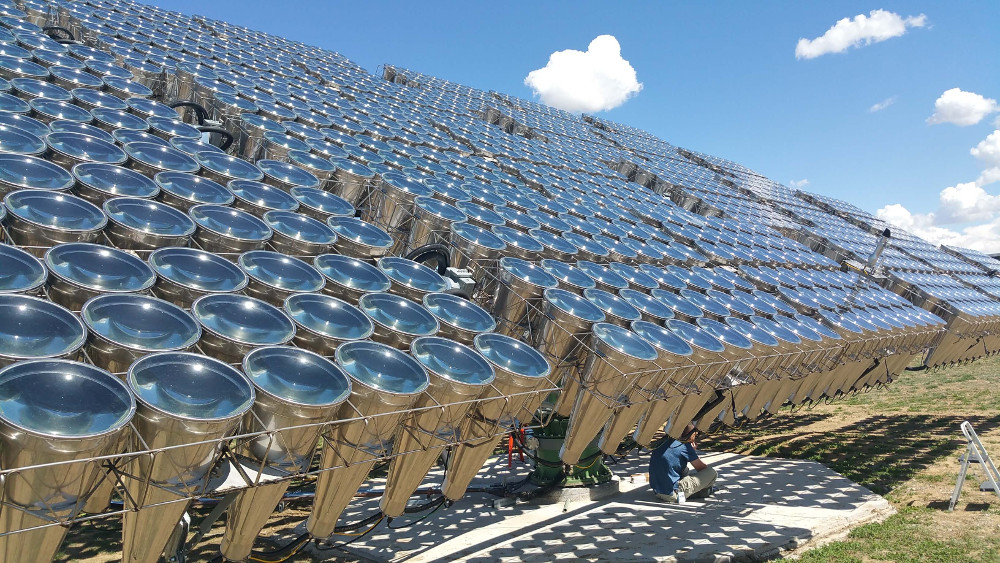A Break in the Clouds for Concentrating Photovoltaics?

Despite the dominance of traditional flat-plate photovoltaics (PV) in the solar industry, concentrating PV (CPV) technologies may still gain market share, according to an EPRI report.
Between 2009 and the first quarter of 2017, prices of flat-plate PV modules have fallen from $2 per watt to $0.35 per watt, challenging CPV business plans. Globally, the deployment of CPV is negligible relative to flat-plate PV—about 350 megawatts versus 400 gigawatts.
Four pathways could allow CPV to succeed:
- PV supply constraints. CPV could become cost-competitive if global demand for PV modules exceeds supply. However, there is little evidence for this in the next few years.
- Develop innovative, much lower-cost CPV technologies. A 40% system conversion efficiency along with system costs approaching $0.80 per watt would make CPV technologies cost-competitive in the next 5 to 10 years. While these targets require significant advances, they are achievable.
- Strong commercialization partnerships. Compared with PV, CPV offers greater opportunities to fabricate components locally, requiring less high-tech manufacturing infrastructure. CPV companies can reduce costs by working with local governments to establish manufacturing in exchange for low-interest loans and other incentives.
- Develop dual-purpose technologies with complementary advantages. Examples include deploying CPV in vertical configurations to accommodate other land uses, capturing waste heat, and integrating CPV into buildings to provide insulation and lighting.
This market assessment is part of a recently completed eight-year EPRI field study on CPV at the Solar Technology Acceleration Center (SolarTAC) near Denver, Colorado. It examined the performance of commercial-scale CPV systems under various environmental and seasonal conditions.
Photo courtesy of National Renewable Energy Laboratory

